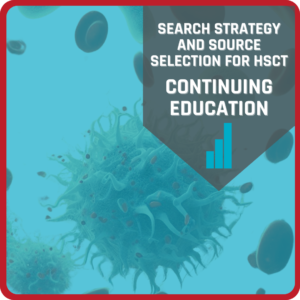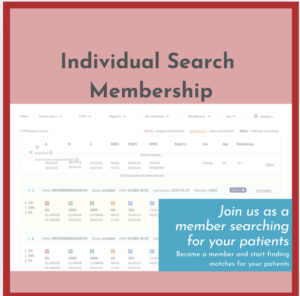The WMDA registries platform
WMDA strives for a world where access to life-saving cellular therapies for all patients is assured. Its core mission is to promote sharing of donor and cord blood data and building of evidence-based international practice, policies and stem cell source selection guidelines.
To this aim, WMDA is operating a global service to facilitate the process of searching for and selecting the most suitable stem cell product. In addition, WMDA is developing a registry communication platform (Match-Connect) to further streamline product related communication between stakeholders.
A solid basis to build on
Strong international effort has resulted in the creation of a single donor and cord blood database supported by registries and cord blood banks from 55 countries. The data are accessible for authorised search & transplant coordinators from transplant centres and registries all over the world. Annually over 40,000 patients are registered in the Search & Match Service.
A comprehensive concept
The WMDA central communication platform (Match-Connect) is built as a modular, scalable infrastructure able to collect donor and cord blood data to optimise search. By having two sophisticated matching algorithms search results are scientifically validated and are based on the current understanding of population genetics and HLA typing technologies. Once potential stem cell sources have been identified from the global pool, all communication from ordering blood samples to confirming infusion dates can be communicated using: Match-Connect. This centralised platform offers a turn-key solution for the global exchange of stem cell products.
A collaborative effort
It is the wish of WMDA to pursue and strengthen the collaboration with existing and future registries, transplant centres, and academia. The development of the central communication platform,
Match-Connect, is governed in an open and transparent way to ensure representation of all WMDA members. WMDA will fund the project via a diverse financial portfolio with no influence of any funding bodies in the governance and all elements of the WMDA.
Several committees have been established to collaborate on this unique global platform:
- Bio-Information & Innovation Committee (to ensure accuracy of the matching algorithms)
- Data dictionary & data quality Committee (to ensure consistency of data fields)
- Security Privacy Committee (to oversee compliance with international security standards)
- User Group & Steering Committee (to oversee the user requirements)
A service for the community
WMDA is working with its members to ensure reliable provision of life-saving cells. Equal access to high quality cells is the ultimate goal of the communication platform. This will be achieved by providing registries easy to implement digital services that facilitate the identification and procurement of the most suitable cell source for a patient. WMDA will issue annual reports on the collected data, and will publish aggregated data anonymously, openly and transparently, providing the community with evidence of its performance.
Our partners
WMDA is grateful to DKMS for providing the matching algorithm,
Hap-E Search and to Anthony Nolan/NMDP-Be The Match for providing the matching algorithm,
Atlas.
The development of the registry platform is the collaborative contribution of our member organisations, which you can find here.
Interested in listing voluntary donors and/or cord blood units internationally?
Make WMDA your partner in success as you setup and grow a donor registry or cord blood bank in your own country. You will be exchanging stem cell products internationally in no time with our proven guide and mentorship programme. Read more
here.



